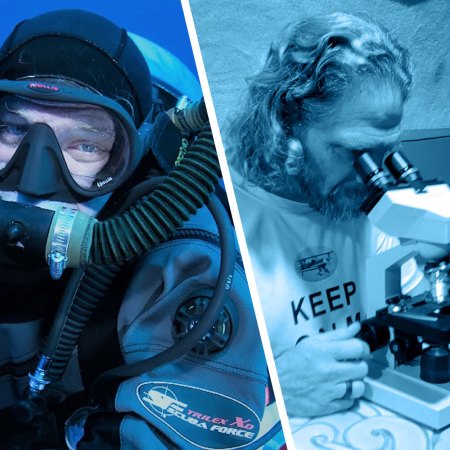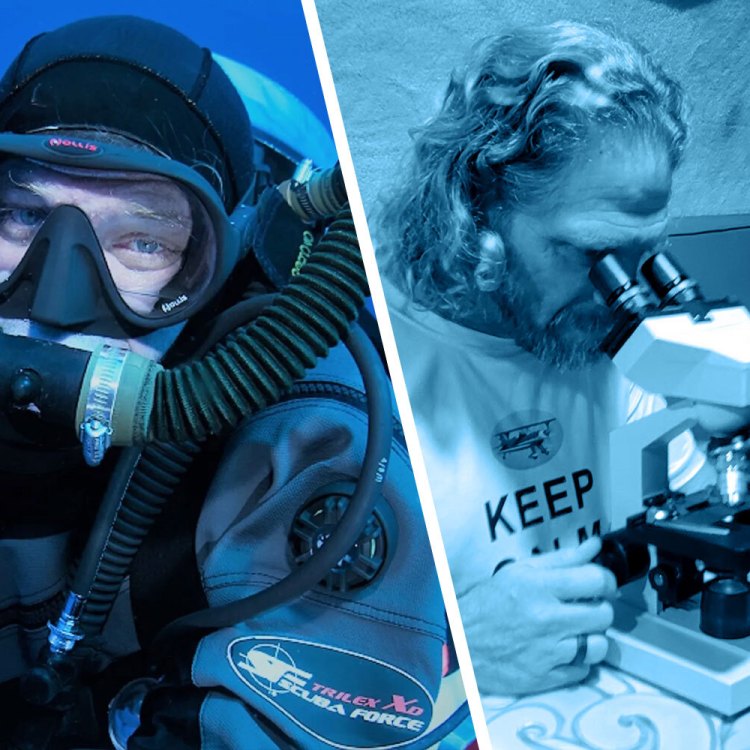Miami’s North Beach is not exactly where the action is. Compared to the luxurious party hub of South Beach, it’s a fairly drab neighborhood with stucco housing, diners and condos lining the shore. But it has an overlooked gem tucked into its western edge, and that’s a .4-square-mile, 41-lot private island called Indian Creek.
Jared Kushner and Ivanka Trump recently bought a 1.8-acre lot for $30m on Indian Creek Island, which is considered Miami’s most ultra-exclusive address (the plot was originally purchased by Latin singer Julio Iglesias, who lives on the island, through Jills Zeder real estate). Soon, the first daughter and her family will be brushing elbows and swapping power tools with a ragtag crew of one-percenters that includes everyone from Saudi businessmen to Victoria’s Secret models.
Their impending move started a snowball effect, with others in their orbit following them south: Karlie Kloss and Joshua Kushner bought a $23.5 million mansion just minutes from Javanka’s home last month, and just earlier this week, Tiffany Trump was spotted real estate hunting in Miami. Tom Brady and Gisele Bundchen claimed an Indian Creek plot for $17m, where they plan to demolish the current home and build an “eco-friendly dream house,” as the warm-weather-loving pro quarterback recently said he won’t be caught dead living in the northeast anymore. And Dr. Aaron Rollins, founder and CEO of the Beverly Hills-based Elite Body Sculpture, recently bought a second lot sold by Iglesias for $30m.
Celebrities flocking to Indian Creek is by no means a recent fad. Jay-Z and Beyonce owned a home on the island until 2010, when they sold it to Dutch businessman Geert-Jan Bakker for $9.3m, and among the residents currently in situ are the Cuban-American media mogul Alex Meruelo, Chilean TV personality Mario L. Kreutzberger, Haitian businessman Gilbert Bigio and Norman Braman, a car magnate and art collector who co-founded Miami’s Institute for Contemporary Art. Directly next door to the Kushners is Sheikh Tamim bin Hamad Al Thani, the Emir of Qatar (who owns a $50m home, the most expensive home in the county).

The trend is clear: Miami in general, and Indian Creek in particular, has become the basecamp de rigueur of America’s wealthiest and most visible people. Nelson Gonzalez, one of Miami Beach’s top luxury realtors, recently told Page Six that the Miami market has gone “crazy” over the past few months.
“Everyone wants to be in Miami — they’re coming from New York and California,” he says. “The market is crazy right now, there are a lot of hedge-fund managers and Silicon Valley buyers who have moved down here, and with Goldman Sachs looking to set up shop, it’s only going to get busier.”
Indian Creek currently boasts 30 residences and has a team of 13 police, who patrol the island by foot and by boat to protect the community’s wealthy inhabitants — “butlers with uniforms,” as Tim Will, the mayor of the nearby town of Surfside, calls them. Even though it’s stationed near Miami’s north beach and the neighboring Bay Harbor Islands (which are home to roughly 5,000 residents), there is no public bridge to the island, so its manicured environs are expressly the domain of those who can afford to own a piece of it. The island even has its own mayor, Bernard Klepach, who is also CEO and chairman of the 3Sixty chain of in-flight and airport Duty-Free retail shops.
Indian Creek is part of the richest zip code in Florida and among the most expensive places to live in the country. And while it hasn’t always been a major celebrity island, it has been a hub for people seeking extreme privacy, and among the exclusive gated communities in Florida currently seeing a boom.
“There is indeed a ‘market boom’ in south Florida,” says Audrey Ross, a real estate agent with Miami Real Estate. “It isn’t that private islands are the attraction, it’s that the Magic City — Miami — is the attraction.”

Why Miami? Well, why Miami now, and in such high and high-profile numbers?
“Due to the pandemic, buyers from the densely populated cities like New York City, Chicago and Boston are seeking to move out of the apartments that are confining and into sprawling homes on the water in sunny Florida,” says Ross. “It doesn’t hurt that the tax structure in Florida is far more welcoming to the ultra-wealthy than it is in California or New York.”
Alongside Indian Creek, other uber-exclusive communities in Miami include Star Island, a private island just a short drive from South Beach which has been home to Sean Combs, Rosie O’Donnell, and Madonna, and Fisher Island, which is home to roughly 400 residents.
“Miami is a city that’s made of little pieces of land connected by bridges and causeways, and most islands just off the coast have some kind of bridge or roadway,” says Jen Karetnick, author of The 500 Hidden Secrets of Miami. “Once you’re on the island, there’s no real pressing need to leave. Residents can shop for groceries, dine in restaurants, go to a salon or spa, send their children to a day school, go to a beach club, play golf and tennis, take advantage of the marinas and generally associate with each other.”
She describes Fisher as “a golf cart kind of island” where residents are obliged to pay a quarter-million dollars’ worth of dues annually to be a member at the local beach club. “Which is the center of social life,” she adds.

Over at Indian Creek, Google reviews of the local Country Club — which, according to an insider who spoke with Vanity Fair, may bar Jared and Ivanka from joining — range from “Completely overrated, the place looks no different than any other restaurant or hotel in the expensive parts of Miami” to “Don’t believe the hype” to “Very challenging, but fun, golf course.”
This is actually — pardon the pun — par for the course for the area. According to Karetnick, while these private islands are among the costliest zip codes in the country (“It’s prime real estate”), they don’t always deliver what they promise. “You may find some of the residences to be outdated or less impressive than you might have expected,” says Karetnick, who has visited Fisher Island. “The grandeur doesn’t come from most of the living quarters themselves, but from the location and exclusivity that goes with it.”
But that’s a quality that’s in high demand at the moment according to Dina Goldentayer, a real estate agent with Douglas Elliman who has a listing on Indian Creek for $27m. “After spending months in one’s home, many have realized how critical it is to own a place they love,” she says. “This has caused a decrease in supply, and an increase of demand for larger, more spacious properties, both inside and out.”
That means that private and exclusive islands like Fisher Island and Indian Creek are drawing more and more curious home buyers. “There are many islands in and about Miami Beach, but very few are actually private communities. Fisher Island and Indian Creek are the exceptions, and truly provide the ultimate secluded lifestyle while minutes from metropolitan locales.”

Goldentayer compares Indian Creek to Saint-Jean-Cap-Ferrat, an island along the French Riviera which is known as a hub for wealthy British and Russian families (earlier this year, a Ukrainian billionaire bought a $220m home on Cap-Ferrat). “But it has a golf course, of course,” she adds.
The recent flurry of purchases on Indian Creek Island only adds to the buzz. “Celebrity-driven purchases certainly don’t hurt the hype, though the island was already the most prestigious address in town,” says Goldentayer.
While these island may offer the utmost in seclusion, they are not necessarily the most secure, at least in the long term. With climate change and rising sea levels, Miami’s exclusive, Gulf-facing islands are at double the risk of a storm surge by 2030, which isn’t exactly ideal for those with 30-year mortgages.
That doesn’t seem to faze Goldentayer. “[It’s no more at risk] than any other island anywhere else in the world,” she says.
Others may beg to differ. Environmental activist and book author Elizabeth Rush, who has reported from Shorecrest, an area in northern Miami not far from Indian Creek that gets flooded every time there’s a high tide, says it could be only a matter of time before the luxury islands are vulnerable to flooding.
“With every passing day and every record-breaking hurricane, it grows clearer that climate change is neither imagined nor distant,” she says. “Rising seas are transforming the coastline of the United States in irrevocable ways.”
This article was featured in the InsideHook Miami newsletter. Sign up now for more from the 305.






















